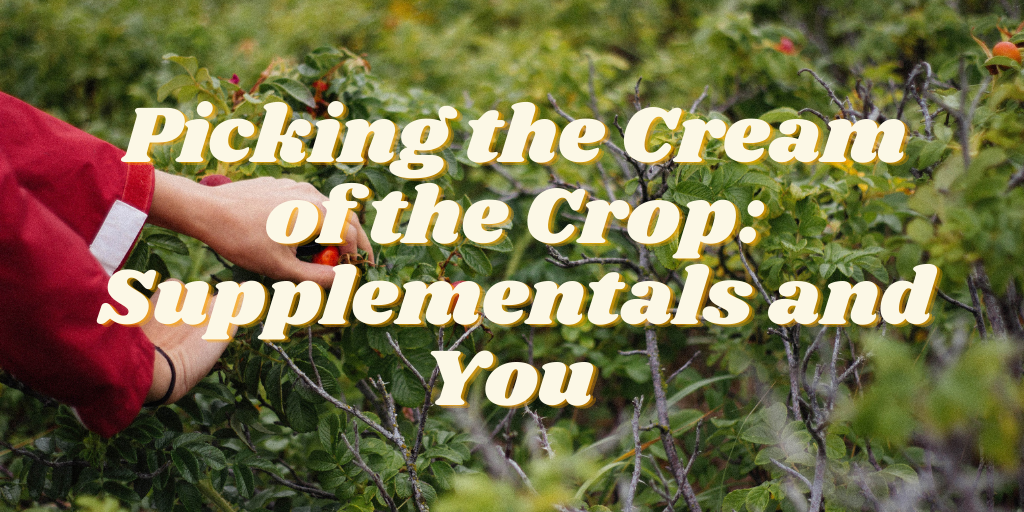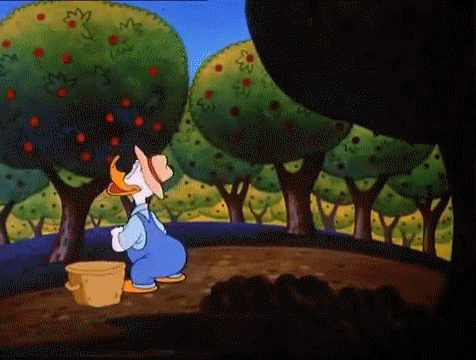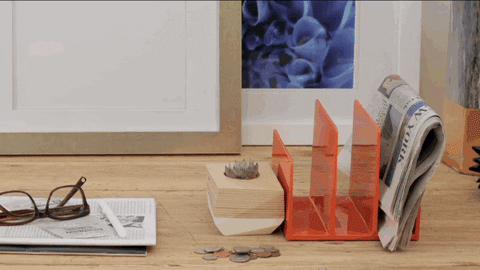We work in creative fields. That means that it can be incredibly challenging to explain our work in writing if it exists in the world in another medium. To paraphrase what a client once said to me, if we were writers, we would be writing, not dancing, painting, performing, etc.
This means that, when applying to grants for your work, while you must find a way to put your work into words (*ahem* or ask your friendly neighborhood grant writers to help!), you can also often use the supplementals that you send with an application to really flesh out the fuller picture of what you are trying to achieve.
Unfortunately, I too often see artists miss out on this important step.
Some common mistakes?
- You’re applying for a one-woman show, written and performed on a minimalist stage by the writer, but you share a video of the 8-person, design-heavy musical you did last year.
- You don’t have a video of past work, so instead submit still images from your last concert when applying for next year’s concert.
- You overlook supplementals that are not work samples – like bios, budgets, org charts, etc – which then makes it seem like you don’t have the capacity to complete a project.
Below, we give you some advice on creating a supplementals package that helps you put you best foot forward with grants.
Selecting Artistic Samples
Often, you will be applying for an artistic work that has not yet been created. In this situation, dependent on the funder’s specific requirements, you want to select a past sample that not only best reflects your artistic vision, but one that also aligns with the themes or aesthetics of the work you’re applying for. Here are some things to consider:
- Can you submit more than one artistic sample? Perhaps you include a past, completed work, along with a work-in-progress sample of the one you are applying for.
- What’s the core element of your work? If it’s a new play, perhaps a script is an appropriate sample. If you’re applying for a grant to pay for the design elements of a performance, maybe you submit drawings and samples.
- Are there restrictions like Actors Equity rules to work around? If so, it could be worth it to contact the funder to talk through this challenge with them.
Remember: no matter what you pick, make sure it is aligned with the project for which you’re applying! If you’re creating a solo work, don’t submit a sample for a piece with 8 dancers. If you are submitting for a music education program, don’t submit your faculty concerts. And if you can submit more than one, do so!
Other Supplementals to Keep on Hand
Every grant will ask you for other documents, too, to submit with your narrative. You don’t want to treat these as an afterthought! I have sat on panels where well-written grants were not awarded because the budgets were awful or some required supplemental was missing.
Today, you should go and create a folder to keep these supplementals organized and updated! What kind of things are we talking about?
- Clean and simple budget, both operating and project;
- An organizational chart showing your staffing structure;
- A document with updated bios of you artists and partners;
- A 2-page resumes of leadership;
- A Board list with their Board titles, years on Board, and professional affiliations;
- Some solid marketing and press samples;
- Outlines of any plans, like strategic plans, that are currently in motion.
You may not have all of these, but you should have many of them! Don’t delay – go create that folder and drop in recent docs. Your future self will thank you!








